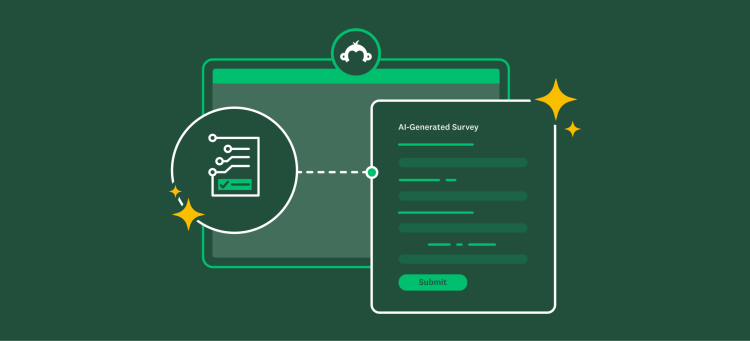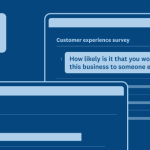Your respondents place a lot of trust in you. They give you candid feedback and expect you to keep it private and protected. As a leading global provider of survey software products, survey takers place a lot of trust in SurveyMonkey as well.
Respondents are elemental to what SurveyMonkey does as a business and they’re crucial for you to get the insights you need to make the right decisions. We both benefit from respondents’ trust, which means we both have to do our part to make sure we keep it.
So, how can both of us safeguard respondents’ data? First, we’ll tell you what we, at SurveyMonkey, do to protect it. Then, we’ll offer some steps you can take to ensure their responses and personal information stay protected.
How we protect your data
The respondents’ personal information and the responses you collect are yours. Our job is to keep it that way, while providing services that allow you to collect and analyze your responses.
We continually strive to comply with applicable laws and regulations—whether it’s the European Union’s recent data protection regulation (GDPR) or HIPAA’s requirements for collecting and handling protected health information. But given how important this issue is to you and your respondents, we’re continuing to invest in more initiatives.
We are more than GDPR compliant
Learn about the infrastructure we've built and the processes we use to protect your data.
Here’s a look at some of the ways we’re investing in data protection:
- We’re proactively addressing security vulnerabilities. Our vulnerability management program performs a continuous review and remediation effort of network equipment, workstations, servers, and applications. And to make sure that each of these items are secure, we also partner with multiple third parties to perform bi-annual tests.
- We’ve carefully chosen hosting providers that adhere to security and technical best practices. Physical security controls at our data centers include 24x7 monitoring, cameras, visitor logs, and strict entry requirements.
- We’re keeping our team informed and responsible. Our entire troop receives ongoing customer privacy and security trainings to preserve our high standards.
There’s a whole lot more we do to protect your data. You can see what else we’re up to by reviewing our security page.
How you can protect your data
Even with all our work in safeguarding your survey data, we need your help to protect it. Here are a few key steps you can take:
1. Keep your login credentials private. Survey data can be quite personal. It can include details of respondents’ backgrounds (address, age, marital status, etc.) as well as their thoughts and feelings about certain people and situations.
Sharing your login credentials can put respondents’ survey data in the wrong hands. For example, if a colleague you share your account with leaves your company, they can still access the survey responses. They can also give your login credentials to others, increasing the odds that someone uses the data irresponsibly.
To let others see your survey and review your responses in a productive and secure way, try one of these two approaches:
- Have others set up a free SurveyMonkey account. Once they’ve done this, you can share your survey or its results with them and receive feedback (in the form of comments). This ensures that only those who are logged into the accounts you’ve shared it with see the survey data.
- Create a team account. It allows you to share surveys, responses, and design assets with colleagues on your team. And if an employee on the team were to leave, you can easily reassign or delete their account—preventing them from accessing any of the resources in it.
2. Pick and maintain your password, carefully. Your SurveyMonkey password is the key to accessing respondents’ personal information. So take the following steps to give it the protection it deserves:
- Pick a password unique to your SurveyMonkey account. This reduces the burden any one password has on your overall security and lowers the chances it gets discovered.
- Create an unpredictable password. Personal details, like your name, birthdate, and the city you live in are easy to guess. Come up with a password that not even your family members could speculate.
Pro tip: Think of a phrase that’s 8 characters or longer. Then pick out the first letter of each word in that phrase for your password. This results in a complicated code that you can easily remember (e.g. “Dr. Seuss is my favorite author of all time” can be ds1mfao@t where i is substituted for the number 1 and @ is used in place of a).
- Use a password manager to store your account information. It allows you to easily and securely retrieve your password should you ever forget it.
3. Choose an email for your SurveyMonkey account that only you can access. And apply the password-protection tips above for it. Why? Because if someone gets into the email associated with your account, they can reset your SurveyMonkey password and login. Finally, make sure you’ve verified the email on your SurveyMonkey account. Only then will we be able to reach you with important updates and notifications.
The respondent experience is crucial for both of us. It influences the success of our business and helps determine your relationship with the audience. Keeping the information they entrust us with secure is key to providing a great experience. But to do this effectively, each of us needs to take the right precautions over time.



